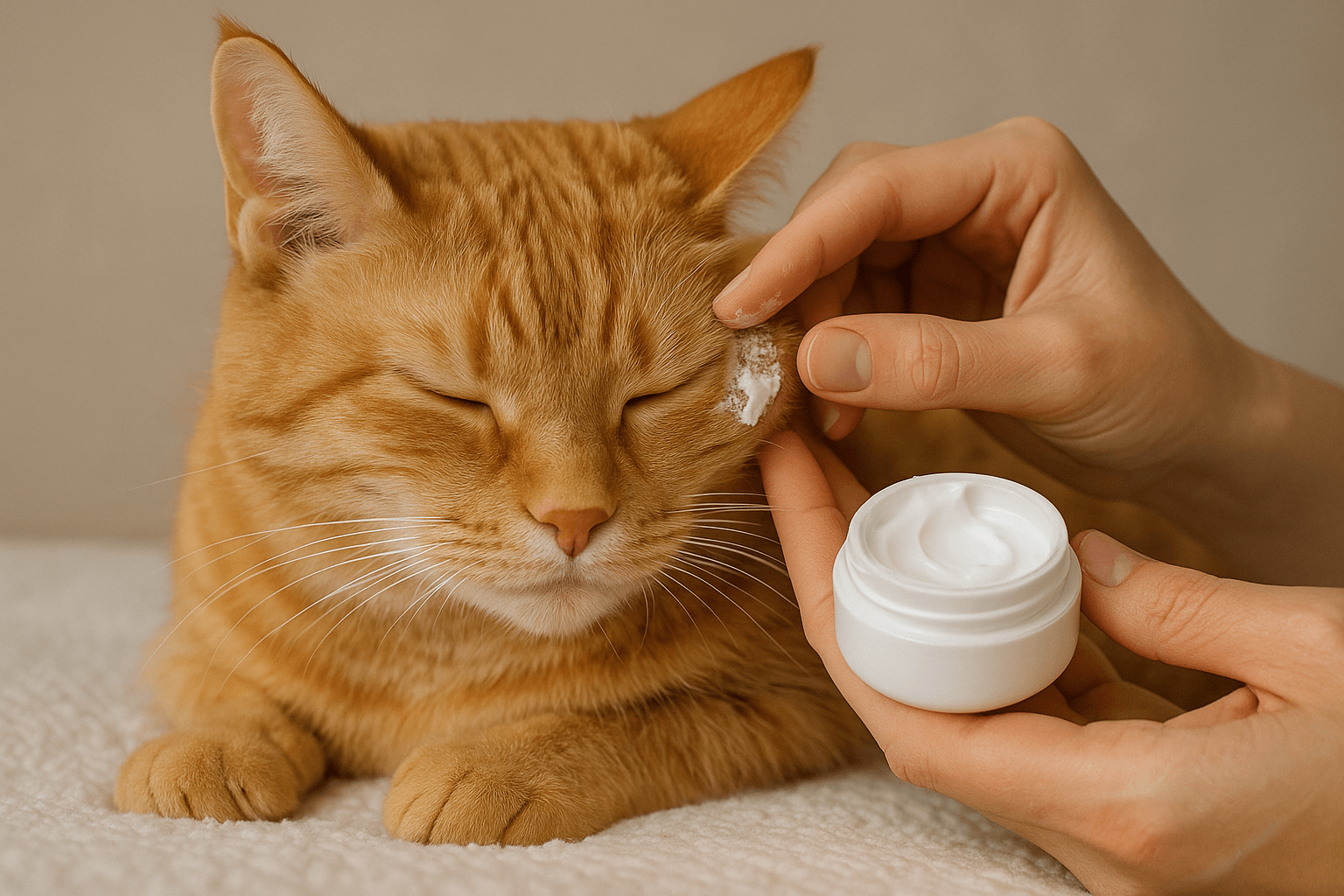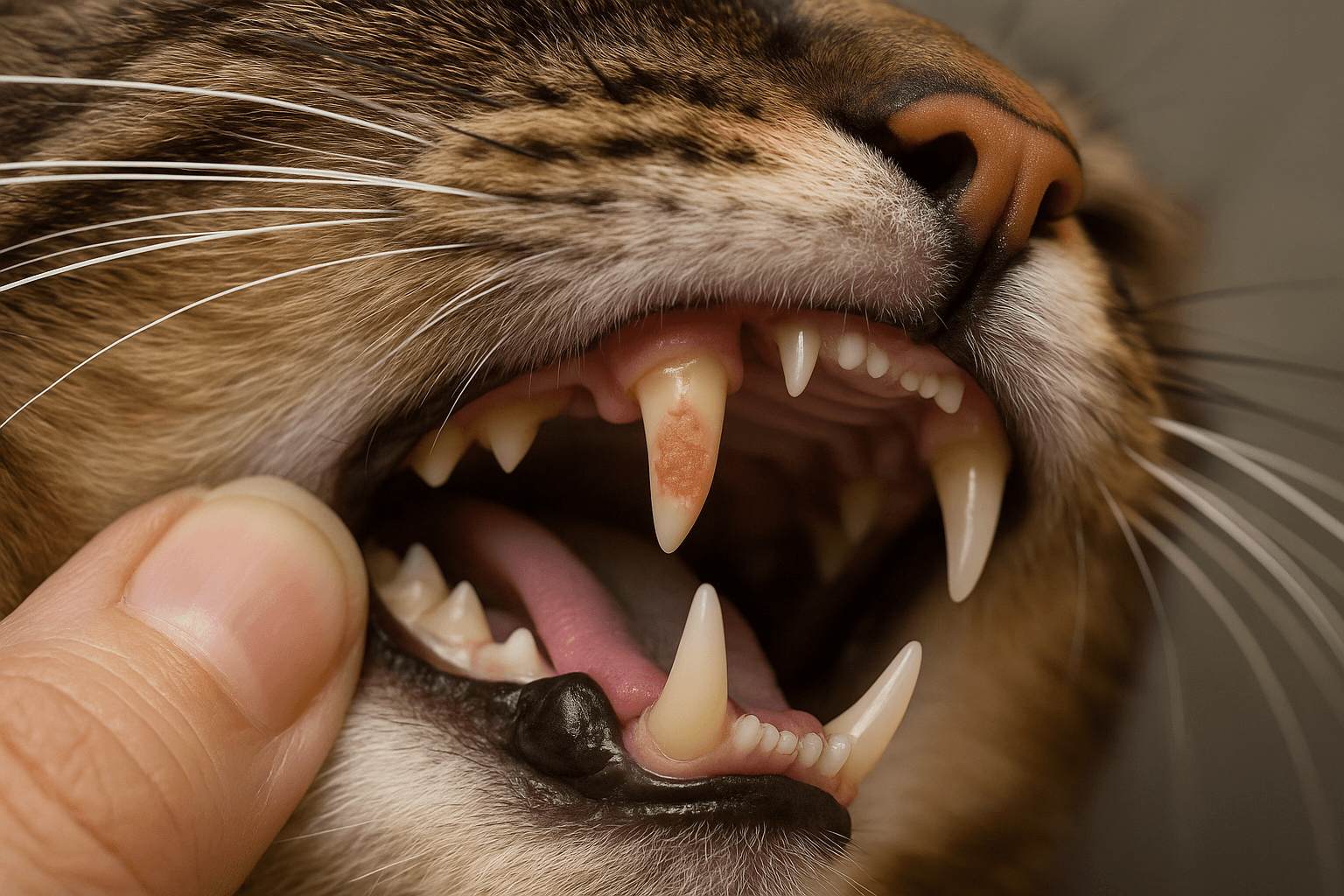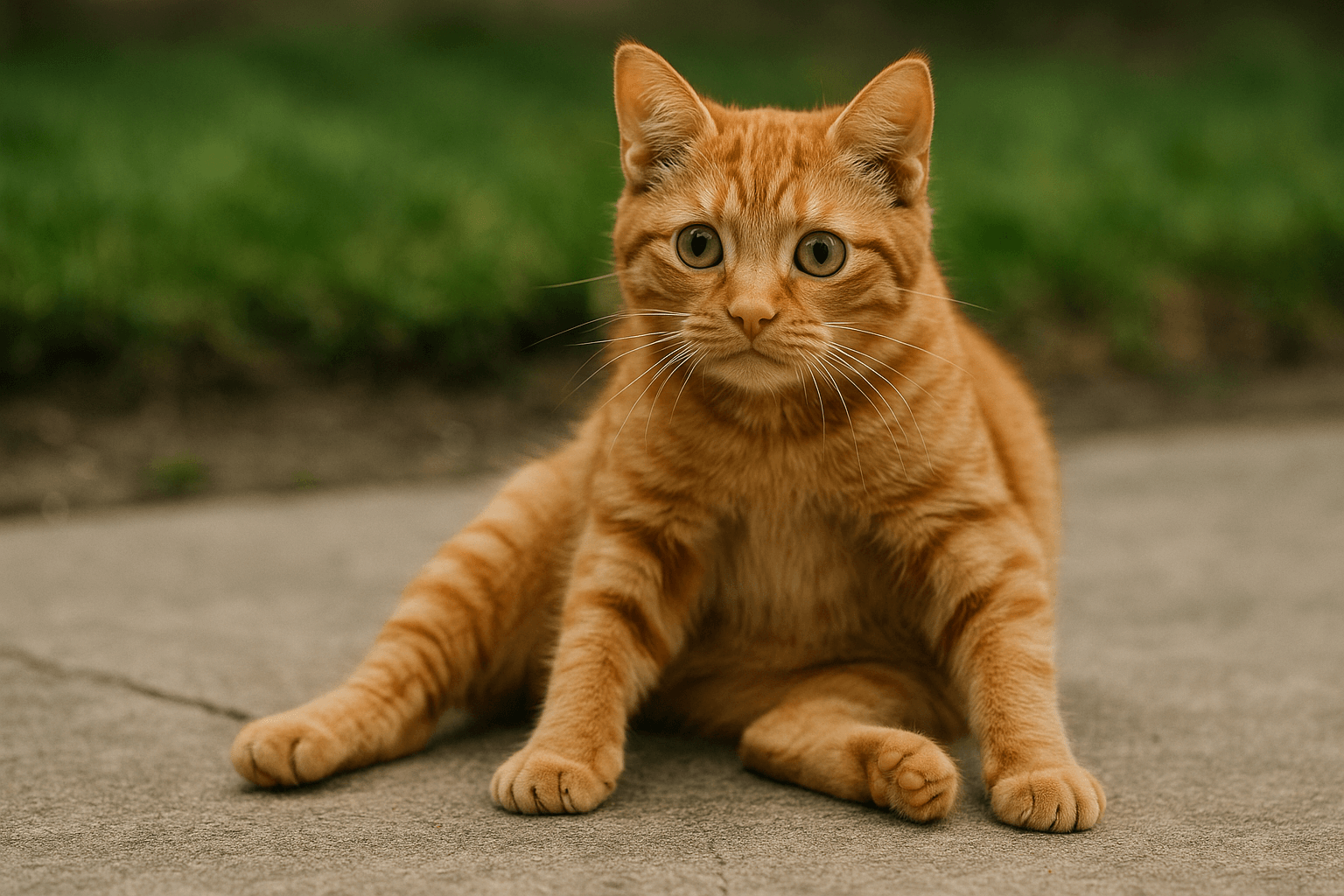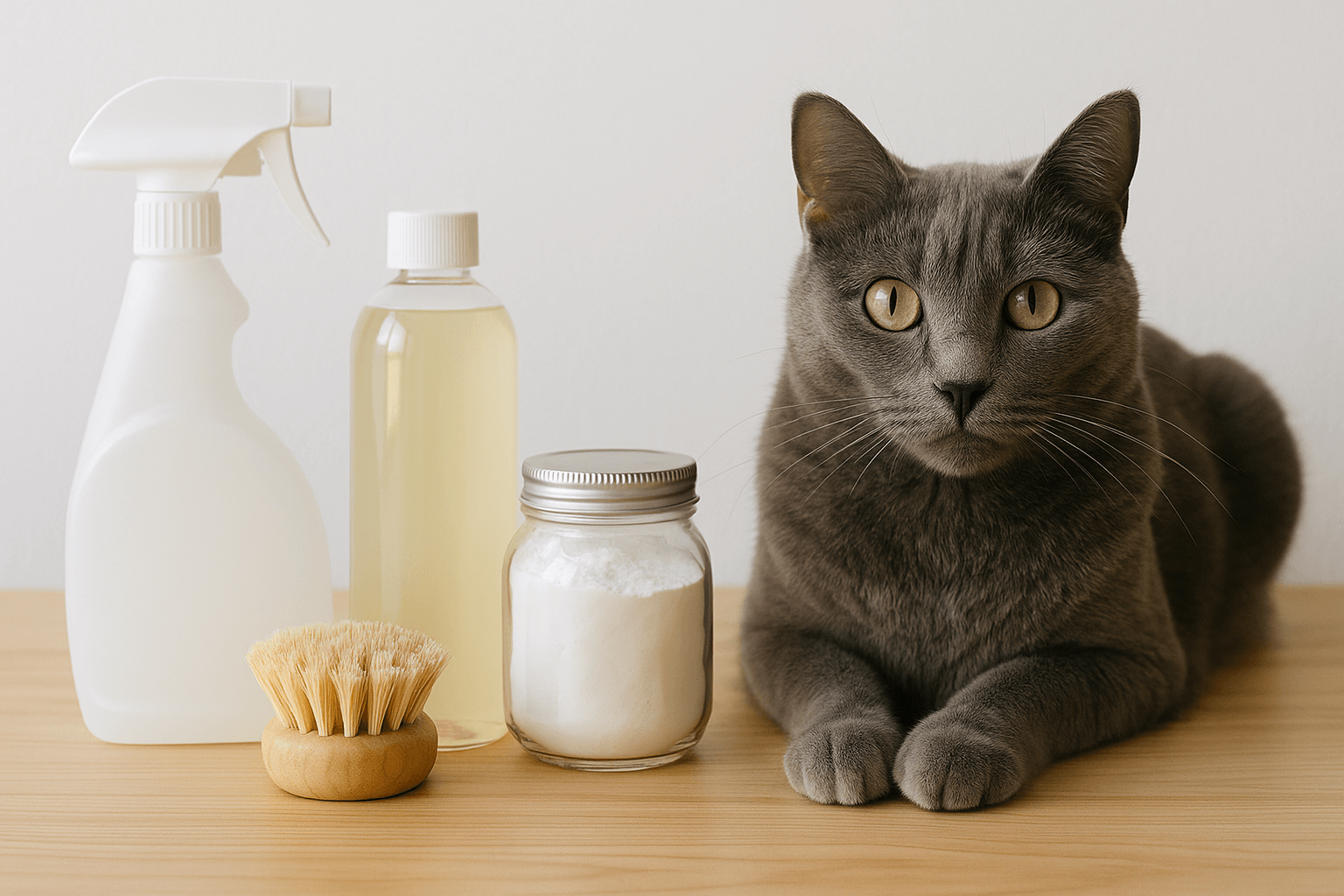Can Cats Eat Chicken Feet?
Chicken feet might seem like an unusual treat for cats, but they are gaining popularity among pet owners looking for nutritious and natural snacks. Packed with collagen, protein, and essential nutrients, chicken feet can offer several health benefits for felines. However, as with any new food, it’s important to understand whether they are safe, how to prepare them properly, and what precautions to take. In this blog post, we’ll explore everything you need to know about feeding chicken feet to your cat, from the potential advantages to the risks involved. Let’s dive in and find out if this unconventional snack is right for your furry friend.
Benefits of Feeding Chicken Feet to Cats
When prepared correctly, chicken feet can provide a range of nutritional benefits for your cat. These benefits make them a worthwhile addition to their diet, especially for pet owners interested in natural feeding options.
Rich in Collagen:
Collagen supports joint health, skin elasticity, and coat shine, making chicken feet a great choice for aging or active cats.High in Protein:
As obligate carnivores, cats thrive on protein-rich foods, and chicken feet are an excellent source of lean protein.Natural Dental Care:
Chewing on raw chicken feet can help clean teeth and reduce plaque buildup, promoting better oral hygiene.Low in Fat:
Chicken feet are relatively low in fat, making them a healthier alternative to many commercial treats.Cost-Effective Option:
Often inexpensive and widely available, chicken feet are an affordable way to supplement your cat’s diet.
These benefits highlight why chicken feet are worth considering, but responsible preparation and moderation are key to ensuring your cat’s safety.
Potential Risks of Feeding Chicken Feet to Cats
While chicken feet can be a healthy snack, they also come with some risks that every cat owner should be aware of. Understanding these hazards will help you make an informed decision.
Choking Hazards:
Small bones or improperly prepared feet can pose a choking risk, especially for aggressive chewers.Bacterial Contamination:
Raw chicken feet may carry harmful bacteria like Salmonella or E. coli, which can affect both your cat and your household.Digestive Issues:
Sudden introduction of new foods can upset your cat’s stomach, leading to vomiting or diarrhea.Overconsumption Risks:
Feeding too many chicken feet can unbalance your cat’s diet, leading to nutrient deficiencies or obesity.Allergic Reactions:
Though rare, some cats may have sensitivities or allergies to chicken products.
By being mindful of these risks, you can ensure that chicken feet remain a safe and beneficial treat for your cat.
Check this guide 👉Can Cats Eat Gelatin? Best 7 Expert Tips!
Check this guide 👉Can Cats Eat BBQ Sauce? Best 7 Expert Tips!
Check this guide 👉Can Cats Eat Cotton Candy? Best 7 Expert Tips!

Safe Preparation Tips for Chicken Feet | Risks of Improper Handling |
|---|---|
Feed only raw or dehydrated chicken feet | Cooked bones can splinter and cause harm |
Source feet from reputable suppliers | Poor hygiene can lead to bacterial contamination |
Freeze feet before serving to kill parasites | Overfeeding can lead to dietary imbalances |
Supervise your cat while they eat | Aggressive chewing increases choking risks |
Introduce gradually into their diet | Sudden changes can upset digestion |
How to Safely Prepare Chicken Feet for Your Cat
Proper preparation is essential to minimize risks and maximize the benefits of feeding chicken feet to your cat. Follow these steps to ensure a safe and enjoyable experience.
Choose High-Quality Feet:
Purchase chicken feet from trusted sources to avoid contamination and ensure freshness.Clean Thoroughly:
Rinse the feet under cold water to remove dirt, debris, and potential contaminants.Freeze Before Serving:
Freezing kills parasites and makes the feet easier to handle while reducing bacterial risks.Avoid Cooking:
Never cook chicken feet, as cooked bones can splinter and cause serious injuries.Supervise Consumption:
Watch your cat closely while they chew to prevent choking or swallowing large pieces.
By following these guidelines, you can provide your cat with a safe and nutritious snack they’ll love.
Signs Your Cat May Not Tolerate Chicken Feet
Not all cats will react positively to chicken feet, and it’s important to monitor their behavior after introducing this new food. Look out for these warning signs that indicate your cat may not tolerate them well.
Vomiting or Diarrhea:
Gastrointestinal upset is a common reaction to new or poorly prepared foods.Excessive Drooling:
Drooling could indicate irritation or discomfort caused by sharp bone fragments.Lethargy or Discomfort:
A sudden lack of energy or signs of pain may suggest digestive blockages or internal injuries.Refusal to Eat:
If your cat consistently avoids chicken feet, it may not appeal to their taste or dietary needs.Swelling or Allergic Reactions:
Swelling around the mouth or face could signal an allergic reaction requiring immediate attention.
Recognizing these signs early allows you to act quickly and protect your cat’s health.
Common Mistakes to Avoid When Feeding Chicken Feet
Even well-intentioned pet owners can make mistakes when introducing chicken feet to their cat’s diet. Avoiding these pitfalls ensures a safer and more positive experience.
Feeding Cooked Chicken Feet:
Cooked bones splinter easily, posing a serious choking hazard or causing internal injuries.Neglecting Hygiene Practices:
Failing to clean the feet thoroughly increases the risk of bacterial contamination.Overfeeding as a Treat:
Too many chicken feet can disrupt your cat’s nutritional balance, leading to weight gain or deficiencies.Ignoring Allergies or Sensitivities:
Some cats may react poorly to chicken products; always monitor for adverse reactions.Leaving Your Cat Unsupervised:
Without supervision, your cat may choke or swallow large pieces, increasing the risk of injury.
Avoiding these mistakes ensures a safer and healthier experience for your cat.
Alternatives to Chicken Feet for Nutritional Benefits
If you’re hesitant about feeding chicken feet, there are other options that provide similar nutritional benefits without the associated risks.
Raw Chicken Necks:
Like chicken feet, necks are rich in collagen and protein, offering dental health benefits when chewed.Duck or Turkey Feet:
These alternatives provide similar nutrients and textures, appealing to cats who enjoy variety.Commercial Dental Chews:
Specially designed chews clean teeth and freshen breath without the risk of splintering bones.Bone Broth Supplements:
Strained, sodium-free bone broth offers collagen and minerals found in bones without the chewing hazard.Freeze-Dried Meat Treats:
These treats mimic the texture and flavor of raw meat while being safe and easy to serve.
These alternatives allow you to cater to your cat’s instincts while keeping them safe.
Understanding Your Cat’s Natural Instincts Around Chicken Feet
Cats are naturally drawn to raw meat and bones because of their evolutionary history as hunters. Understanding their instincts helps explain their fascination with chicken feet.
Hunting Behavior:
Wild cats often consume entire prey, including bones, to obtain vital nutrients. Domestic cats retain this instinctive drive.Teething and Chewing Needs:
Kittens and young cats chew on objects to relieve teething discomfort, making chicken feet appealing.Nutrient Seeking:
Cats crave collagen and protein, which are abundant in chicken feet, supporting their growth and development.Playful Exploration:
Cats use their mouths to explore new textures, and chicken feet provide an intriguing sensory experience.Territorial Marking:
Chewing and gnawing on objects like chicken feet can serve as a way for cats to assert ownership or relieve stress.
By recognizing these behaviors, you can better address your cat’s needs in a safe and controlled manner.
Frequently Asked Questions About Feeding Chicken Feet to Cats
Are chicken feet safe for cats?
Yes, when raw or properly dehydrated and prepared, chicken feet are generally safe for cats.
Can kittens eat chicken feet?
Kittens should avoid chicken feet due to their small size and developing digestive systems.
How often can I feed my cat chicken feet?
Limit chicken feet to once or twice a week as a treat, ensuring they don’t replace a balanced diet.
What should I do if my cat chokes on a chicken foot?
Contact your veterinarian immediately and learn basic pet first aid to handle emergencies.
Can I feed my cat frozen chicken feet?
Yes, frozen chicken feet are safe and can even help soothe teething kittens or provide a refreshing snack.
Making Informed Choices for Your Cat’s Diet
Feeding chicken feet to your cat can be a nutritious and enjoyable addition to their diet, provided you take the necessary precautions. From their collagen-rich composition to their dental health benefits, chicken feet offer several advantages that align with your cat’s natural dietary needs. However, it’s crucial to balance these treats with a complete and balanced diet while remaining vigilant about potential risks. By understanding how to prepare and serve chicken feet safely, you can enhance your cat’s health and happiness without compromising their well-being. Remember, your feline friend relies on you to make the best choices for their diet—so always prioritize their safety and satisfaction.
Cat Dry Skin Treatment: Best 7 Expert Tips! Discover effective remedies and expert advice to soothe your cat’s dry skin, restore their coat’s shine, and ensure lasting comfort with simple, actionable solutions.
Understanding Cat Tooth Resorption: Best 7 Expert Tips! Discover causes, symptoms, and treatment options to protect your cat’s dental health and ensure a pain-free life.
Cerebellar Hypoplasia in Cats: Best 7 Expert Tips! Discover expert advice on caring for cats with cerebellar hypoplasia, managing symptoms, and creating a safe, loving environment for your wobbly feline friend.
Cat-Safe Cleaning Products: Best 7 Expert Tips! Discover safe, non-toxic cleaning solutions to protect your cat’s health while keeping your home spotless and fresh.




